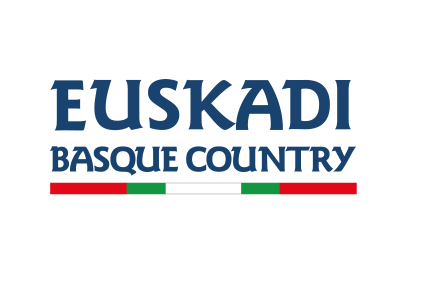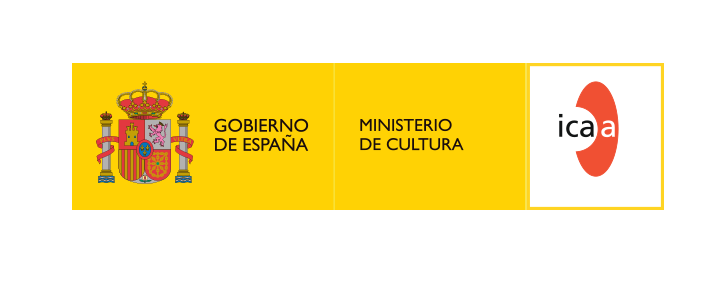YEAR: 2005
ID APARTADO: 3
APARTADO: awards_and_jury_members
SUBAPARTADO:
SECCION: offical_selection_jury_members
TABLE: 1
ID: 810
LANGUAGE: in
MAQUETACION:
TITULO:
RULE: 1
Z365" or "Festival all year round" is the new strategic point of the Festival in which converge investigation, accompaniment and development of new talents (Ikusmira Berriak, Nest); training and cinematic knowledge transfer (Elías Querejeta Zine Eskola, Zinemaldia + Plus, Filmmakers' dialogue); and investigation, disclosure and cinematic thought (Z70 project, Thought and Discussion and Research and publications).
It’s difficult to think of Apocalypse Now without shivering on recalling the scene of the nightmare reigned over by Kurtz/Brando; or to think of One from the Heart without yearning for the dreamlike set in which Hank and Frannie sing and dance. These are magical spaces conceived by the maker of dreams: Dean Tavoularis. Though born in Massachusetts in 1932, he spent his entire childhood and teenage years in Los Angeles, in the shade of the Hollywood studios. He studied architecture and painting at different art schools and landed a job at the Disney Studios as a storyboard artist.
In 1967, Arthur Penn called him to take charge of the artistic direction of Bonnie and Clyde. Three years later, Penn called him once again to invent the no-longer-existing West of Little Big Man. But it was a meeting with Francis Ford Coppola in 1972 on the set of The Godfather that set the creative tone of his career. The Godfather Part II and The Conversation, in 1974, consolidated their collaboration and laid the way for what was to be their joint creative challenge: Apocalypse Now, the Vietnamese odyssey for which Tavoularis created a nightmare jungle kingdom. Tavoularis has been able to take his ability to invent magical spaces to unsuspected extremes alongside Francis Ford Coppola.
Dean Tavoularis considers a set as something physical to be seen, touched and felt. His works are real passing architectures; whether it’s a house on a lake, a ruin in the jungle, a street in no matter what city; each colour, each object and each detail has to be just right to create the atmosphere required by the movie.
The works on his filmography are tremendously important. From 1967 until 2001, he worked on over thirty movies, landed five Academy Award nominations, one of which he won with The Godfather II, and has become a movie magician capable of recreating unexpected landscapes in a studio or in the middle of nowhere. The list of directors with whom he has worked is impressive: Michelangelo Antonioni (Zabriskie Point, 1970), Wim Wenders (Hammett, 1982), Warren Beatty (Bulworth, 1998) and Roman Polanski (The Ninth Gate, 1999).
Monday to Thursday: from 9:00 a.m. to 3:30 p.m.
Fridays: from 10:00 a.m. to 2:00 p.m.




